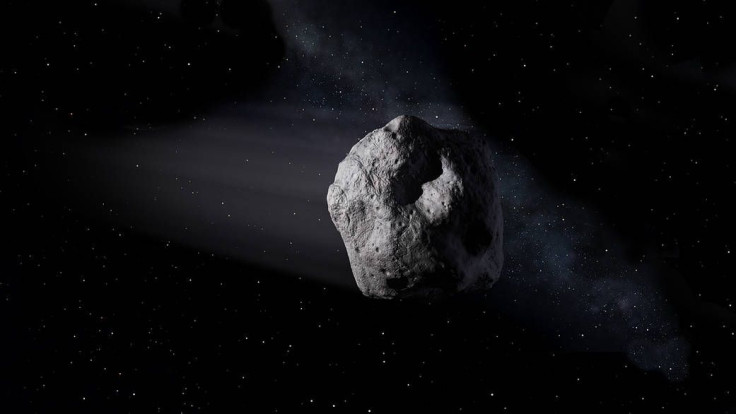NASA Asteroid Tracker: 4 Asteroids To Sweep Past Earth This Week

NASA is currently monitoring a total of four asteroids that will brush past Earth this week. According to the Center for Near Earth Object Studies’ (CNEOS) database, the biggest asteroids from the group are almost as tall as the Chicago Water Tower.
The first asteroid that will visit Earth’s neighborhood is 2019 LU4. The asteroid’s upcoming arrival is a bit alarming since compared to the other near-Earth objects that flew past the planet recently, 2019 LU will be the closest one.
According to CNEOS, the asteroid will approach Earth on June 18 at 5:29 am ST. Once it flies past Earth, it will only be about 0.00505 astronomical units or roughly 470,000 miles from the planet’s center. This is only twice the distance between the Earth and the Moon.
2019 LU4 is currently flying at a speed of 18,200 miles per hour and has a diameter of about 98 feet.
Trailing behind 2019 LU4 is 2019 LC1. Measuring at a whopping 141 feet, this asteroid is expected to make its debut in Earth’s neighborhood on June 19 at 9:45 am ST.
Unlike the first asteroid, 2019 LC1 will by flying at a much farther distance from Earth at 0.04914 astronomical units, or around 4.6 million miles. As indicated in CNEOS’ data, the asteroid is travelling with a velocity of 22,100 miles per hour.
The third asteroid that will zip past Earth this week is called 2019 LB2. According to CNEOS, the near-Earth object is expected to approach the planet on June 20 at 12:35 am ST. Once it arrives, the asteroid will only be about 0.01653 astronomical units or about 1.5 million miles from the Earth’s center.
2019 LB2 is currently travelling at a speed of 7,500 miles per hour and is about 82 feet long.
Rounding up the group of asteroids that will visit Earth in the next couple of days is 2019 LM1. This asteroid is as big as 2019 LC1 with a diameter of 141 feet. It has a velocity of 19,500 miles per hour and is expected to approach Earth on June 23 at 1:27 am ST.
CNEOS is expecting the asteroid to be about 0.02505 astronomical units or 2.3 million miles from Earth once it makes its approach.
© Copyright IBTimes 2024. All rights reserved.




















